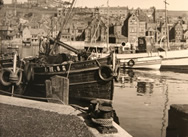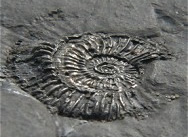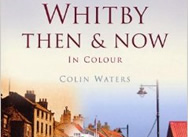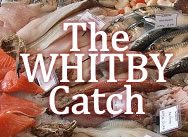HM Bark Endeavour
The Endeavour finally met her end in August 1778 at Narragansett Bay when she was used by British commander Captain John Brisbane as part of a blockade to thwart the advances of a threatening French fleet. This account of her demise however has been a point of debate throughout years. It was claimed, after a letter in 1834 drew attention to the possible presence of the Endeavour on the sea bed at Rhode Island, that she had actually been sold to the French and renamed La Liberte in 1790. There is little to support this though and recent exploration of the sea bed in 2000 by a combined research team from RIMAP and the Australian National Maritime Museum found the remains of a vessel of the same size, design and materials of the Lord Sandwich, the ex-Endeavour at rest in the Bay. The research's photography of relics found at the shipwreck such as a cannon and an anchor provided much media hype and interest but ultimately prove inconclusive. The exact facts surrounding the Endeavours final resting place is likely to remain this way for the foreseeable future as it was announced by the Director of RIMAP in 2006 that the wreck would not be raised.
A full sized replica of the HM Bark Endeavour was built in Fremantle beginning in 1988 to commemorate the Australian Bicentenary of the European settlement of Australia. She set sail in 1994 to follow in her predecessor's footsteps and eventually returned to her spiritual home of Whitby for the first time in May 1997, to much celebration from an appreciative crowd of locals and enthusiasts alike.
Advertisement...

Whitby Gallery Photo

Whitby in 1959

Touch Whitby

To Make You Smile
What do ghosts have for breakfast?... Dreaded Wheat!
Advertisement...

Advertisement...




